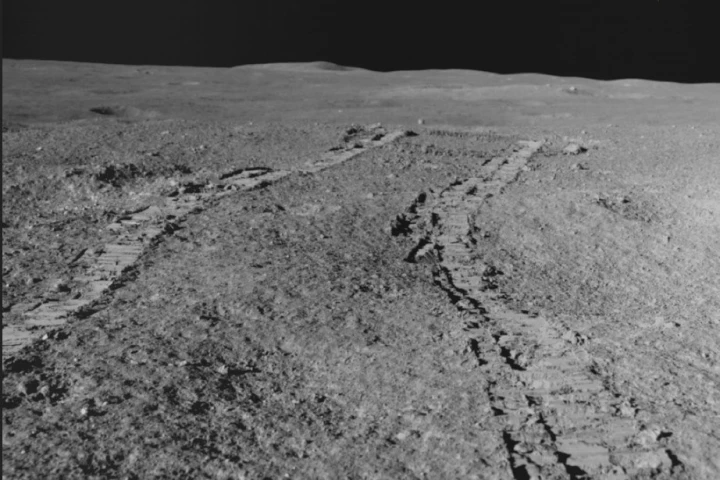ISRO
-
NASA’s InSight listened out for seismic activity on Mars, and last year it picked up a marsquake so big it was suspected to be a meteoroid impact. Now, thanks to the cooperation of all agencies with orbiters around Mars, the source has been tracked.
-
India is furthering its bid to become a major spacefaring power. The launch of its first mission to the Sun comes just as it winds down its first successful robotic Moon landing, with the Pragyan lunar rover completing its work and going into sleep mode.
-
India's Chandrayaan-3 Moon mission has hit the ground running with the Vikram lander and the Pragyan rover sending back their first images and instrument data while the rover makes a slow-motion swerve around a crater.
-
India's Chandrayaan-3's Vikram lander has deployed its Pragyan lunar rover as it begins its exploration of the Moon's south polar region. The robotic rover today rolled down a ramp and charged its solar batteries before beginning surface operations.
-
India joined one of the solar system's most exclusive clubs as it successfully landed its first probe on the Moon. On August 23 at 12:32 GMT, the robotic spacecraft touched down near the lunar south pole, making it the southernmost landing to date.
-
The latest imagery relayed by India's Chandrayaan-2 lunar orbiter have revealed the surface in unparalleled detail.
-
NASA's Lunar Reconnaissance Orbiter (LRO has failed to pinpoint India's Vikram lunar lander.
-
The team now appears to have pinpointed the Chandrayaan-2 lander's location, with attempts underway to restore a connection.
-
India's attempt to be the fourth nation to land on the Moon has ended in silence after contact with the Vikram lander was lost.
-
India's first lunar landing mission, Chandrayaan-2, lifted off at 2:43 pm IST on July 22 (July 21, 21:13 GMT) atop a GSLV MkIII-M1 rocket from the Indian Space Research Organisation's (ISRO) Second Launch Pad at Satish Dhawan Space Centre SHAR, Sriharikota, India.
-
A NASA team has found definitive evidence of water ice at the poles of the Moon. Using data from NASA's Moon Mineralogy Mapper aboard the Indian Chandrayaan-1 lunar orbiter, the new discovery indicates that not only is water present on the Moon, but it is readily accessible from the surface.
-
Too small to be seen with optical telescopes, NASA's Lunar Reconnaissance Orbiter and the Indian Space Research Organization's Chandrayaan-1 spacecraft have been located found by ground-based radar stations using a pioneering radar technique that could help in planning future missions to the Moon.
Load More











